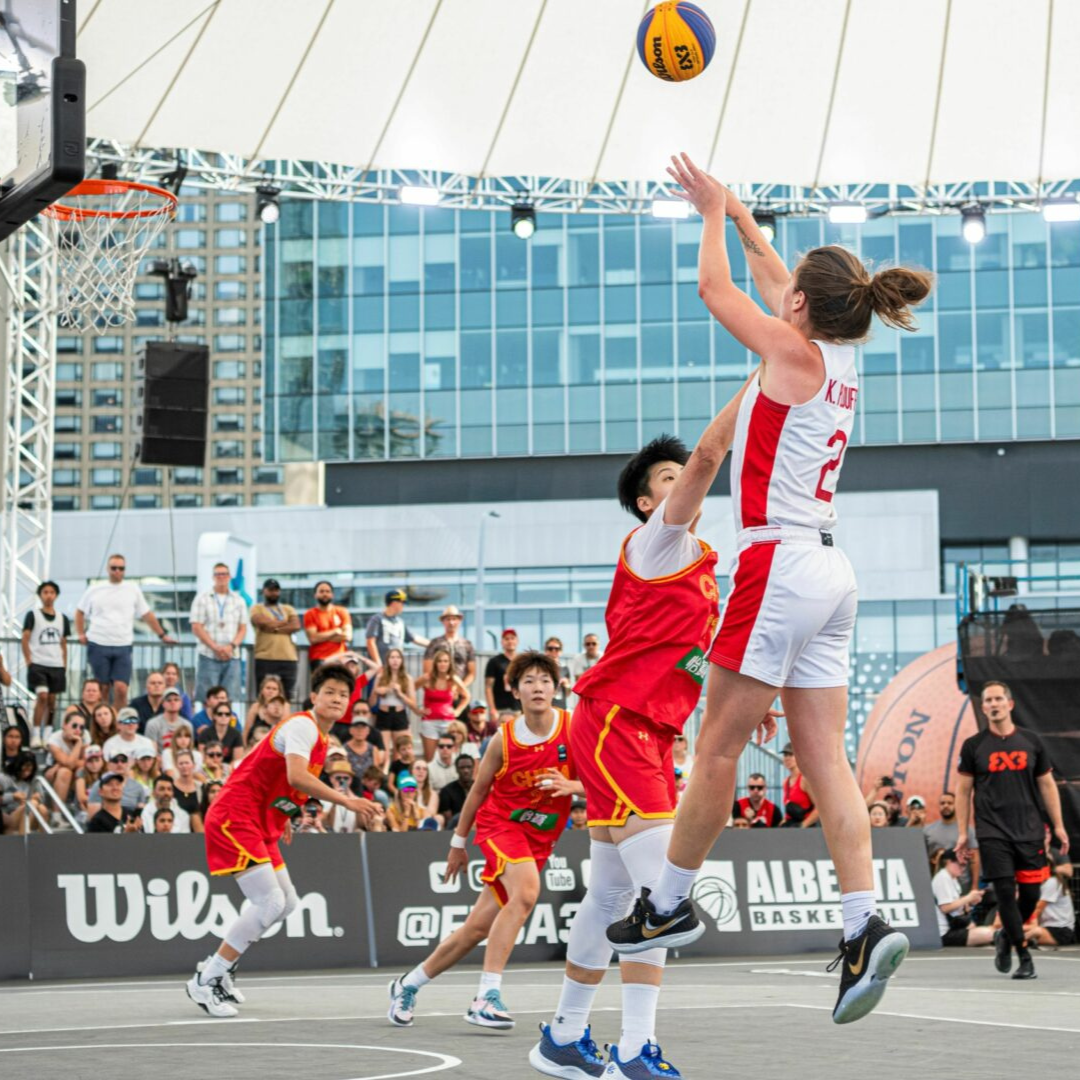Opinions From The Cheap Seats
It is common to hear from 5on5 players (past & present), coaches, and people at home on the couch alike, saying things like "If I wanted to I could dominate in 3on3" or "You don't even need to be that skilled".
Couch surfers love the common, ill-informed phrase of: "If this is so impressive why aren't more NBA and WNBA players playing?".
But the reality is that these opinions are simply out of touch with both 5-on-5 basketball AND 3-on-3 basketball. It's true that these sports require similar skills that we can see, such as ball handling, scoring at three levels, defensive technique, etc.
However, there are components that we cannot see that make a significant difference in on court performance between these two types of basketball.

Notable Differences
Before diving into the key skillset to excel in 3v3 basketball, let's discuss some key differences that some might miss between this version of a classic sport.
First, many mistakenly think there is little to no "transition" component to the game, leading to less need for physical fitness.*
However, in 3-on-3 there are quicker transitions, in less space, and more of them per minute than in 5-on-5. Additionally, the shot clock in 3-on-3 is cut in half (12 seconds instead of 24) which means that possession changes are coming at about double the pace.
Secondly, and often overlooked in spite of the name, is the difference in player numbers. In a 5-on-5 transition period you can have mistakes corrected by teammates easier due to having two more AND due to having space to recover. 3-on-3 simply doesn't allow for that kind freedom. If you don't believe us, try to double team the ball after scoring in 3v3 and see what happens.
The Non-Negotiable Skill To Excel in 3v3
Simply put, those two differences have a massive impact on one key area that is absolutely required for 3v3 success: Cognitive Interference Resistance.
We see this component of mental performance leading to the ability to mentally transition from task-to-task in spit of new stimulus being introduced. It varies from Concentration in our work as "CIR" is more likely to lead to success in fast paced environments with ever-changing factors.
In our assessments, high scores in Cognitive Interference resistance are less common the more athletes we put on the court, field, ice, etc. Contrast this with much higher scores when there is a smaller number of athletes such as those in individual sports, doubles sports, and yes 3v3 basketball.
Don't get us wrong, Cognitive Interference Resistance is valuable in all performance settings, that's why we measure it. But when the margins get tighter, the support decreases, and the pace is increased in a sport like 3v3 basketball; it's clear that those with a high level of this mental skill are much more likely to succeed.
It’s okay that you don’t understand it yet, but there’s no need to unfairly criticize it.
__________________________________________________________________________
*In basketball, 5-on-5 transition can be over-simplified as the period between playing offense and defense.*

